|
Tony Blair promised “Education, education, education” when he came into office, and that slogan quickly turned to “demolition, demolition, demolition” as the new wave of school building dispensed with the post war school. Following the destruction of The Blitz and the establishment of the post war social consensus, hundreds of schools were built throughout Britain, with local authorities employing young architects to design cutting edge buildings. These structures of concrete, steel and glass, housed thousands of pupils through their school years until they were replaced by their brightly clad successors. Although this occurred throughout the country, we will look at some examples from London. H.T. Cadbury-Brown, known as Jim to his friends, worked as an assistant to Erno Goldfinger and later as part of the Festival of Britain team, before designing Ashmount Primary School (1958) in Hornsey, Islington. Cadbury-Brown designed the school for London County Council using the Hills steel frame system to create a two storey curtain wall formed of green frosted glass. The front of the school was also adorned with a bronze sculpted cockerel by John Willatts, part of the post war effort to adorn new schools with contemporary art. The effect of the sheer glass wall became denuded over time as individual panels were replaced with different coloured glass or plywood. The building was rejected for listing in 2005 and after years of lying empty finally demolished in 2016. One of the most famous post war schools to be demolished is probably Pimlico School (1967-70). Designed by John Bancroft of the GLC Architects Department schools group, the building was described by the Architects Journal on its opening as “a battleship” and also “an ancient monument of the future”. Bancroft designed the building as a machine for learning, with exterior walls eliminated to be replaced with large areas of glass with automatic heating, ventilation and sunshades to control the environment. Unfortunately this environmental control was not perfect and pupils and staff often complained of the excessive temperatures the glazing produced. The school was placed in a sunken site with the building arranged with projecting suspended floors and an internal street concourse. As some aspects of the machine system failed and were not replaced, the building went into a death cycle until it was deemed to be unusable. A story familiar to anyone with a passing interest in post war architecture. Despite the efforts of the 20th Century Society and architects such as Richard Rogers, the school was demolished in 2014. A lesser known but equally progressive school design also no longer with us was that for the Frank Barnes School for the Deaf in Camden (1977) by Ivor Plummer. The school was designed by the GLC to accommodate for the hearing loss and sensitivity of the pupils; the north walls of the school were extra thick to prevent noise pollution, the south end was largely glazed to allow plenty of light for visual communication and fixed hearing equipment was installed throughout. Due to a reduction in pupil numbers from within the borough the school was demolished in 2010 with a smaller scale scheme built in its place. To return to the borough of Islington, a number of schools built from the mid 1960’s have all been demolished in recent years. Mainly built by the GLC in collaboration with the Inner London Education Authority (ILEA), these schools were designed in a tough, brutalist style of the 60’s that had fallen out of favour by the time New Labour’s Buildings Schools for the Future programme ensured their demise. Risinghill Comprehensive (1962) by the Architects Co-Partnership, Highbury Grove (1967) by James Cubitt & Partners, Islington Green (1965) by Scherrer & Hicks, Rosemary Primary (1972) by Jake Brown and Hungerford Primary (1972) by Roger Walters have all been demolished. The only surviving part of those schools is William Mitchell's mosaic wall at Islington Green, preserved in the replacement building thanks to its Grade II listing. Many other post war schools throughout London and the UK have been demolished, and others are threatened with the same fate. However there is some good news with a number of examples listed within the last few years and others still thriving. Erno Goldfinger's Haggerston School for Girls in Hackney (1962-67) was listed in 2004, and the nearby Stoke Newington School (1970) by Stillman & Eastwick-Field was refurbished by Jestico & Whiles in 2009. Compared to the buildings produced by the school building programmes of Middlesex in 1930’s and Hertfordshire in the late 1940’s and 50’s, many of which are still in use, the school's produced by the post war architects of the 1960’s and 70’s are rapidly diminishing. Despite the reevaluation of brutalism and municipal modernism, the designs produced by the likes of the GLC and ILEA are seen as out of date and ripe for redevelopment. However as we have seen with the recent closure of PFI schools in Edinburgh, the schools produced in the latest wave of building are anything but made to last, and we may see the concrete and glass designs looked at with new appreciation. This article originally appeared as "School's Out: The Destruction of the Post War School" in Modernist Magazine #24 GONE
2 Comments
4/7/2019 07:44:28 pm
Can I just say what a relief to find someone who actually knows what they’re talking about on the internet? You definitely know how to bring an issue to light and make it important. More people need to read this and understand this side of the story. I can’t believe you’re not more popular because you definitely have the gift.
Reply
Michael Pauly
25/12/2023 04:07:10 pm
When was The Catholic Primary school demolished Great Peter’s Street SW1?
Reply
Leave a Reply. |
Archives
May 2024
Categories |
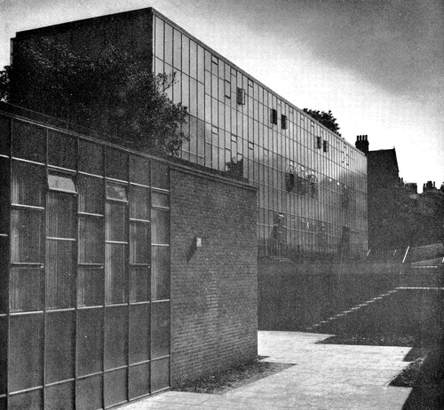
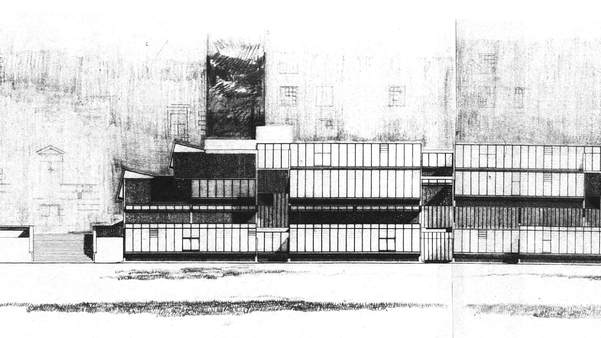
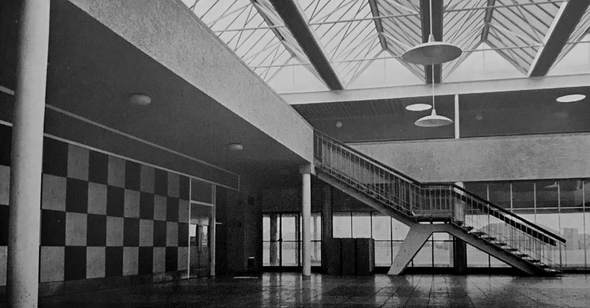
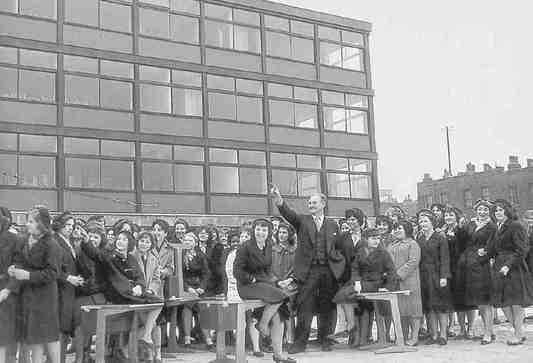
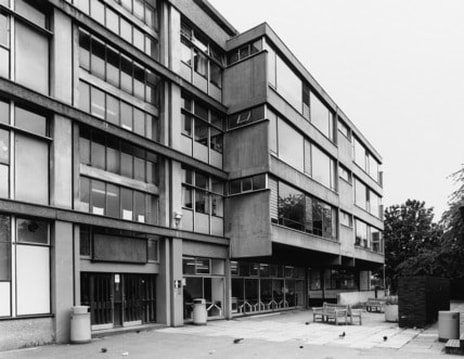
 RSS Feed
RSS Feed